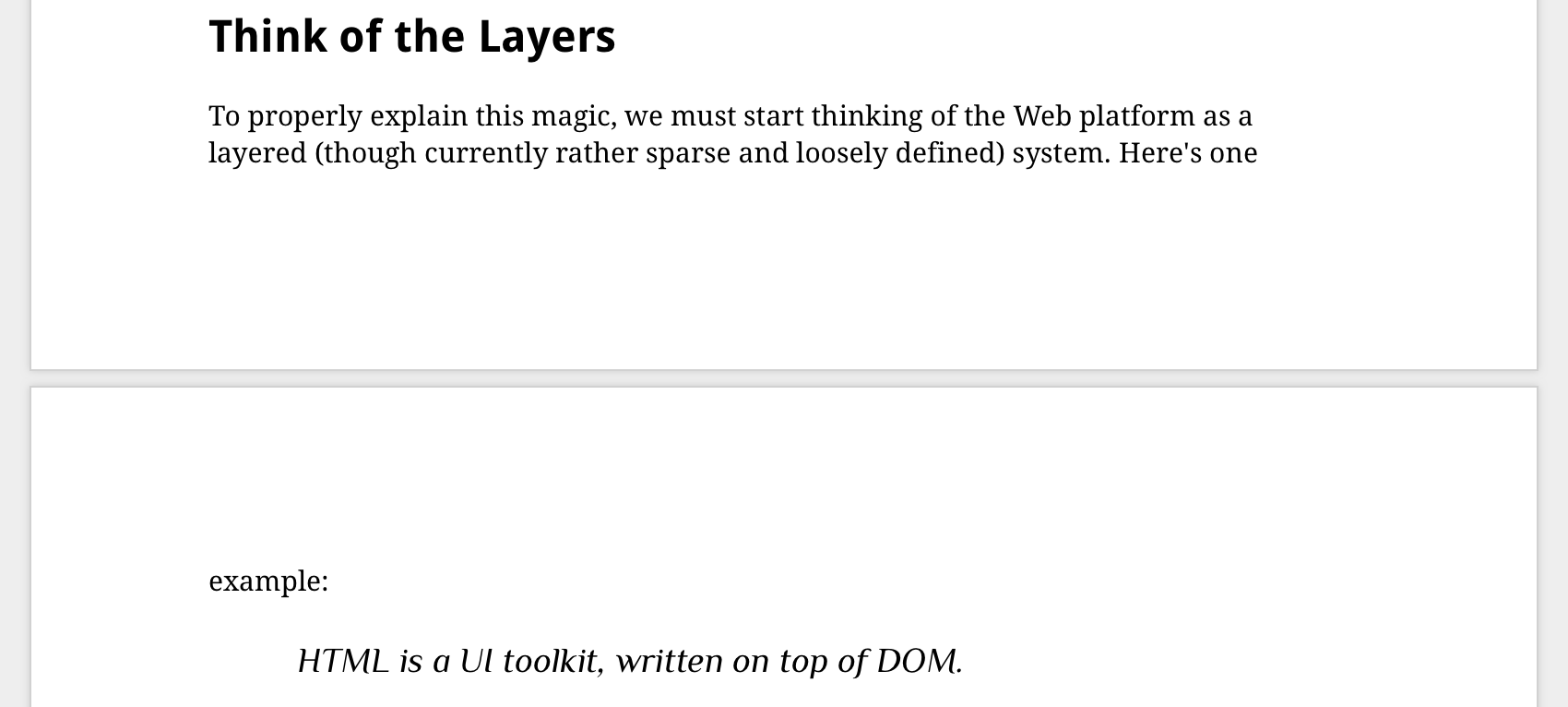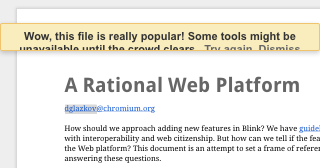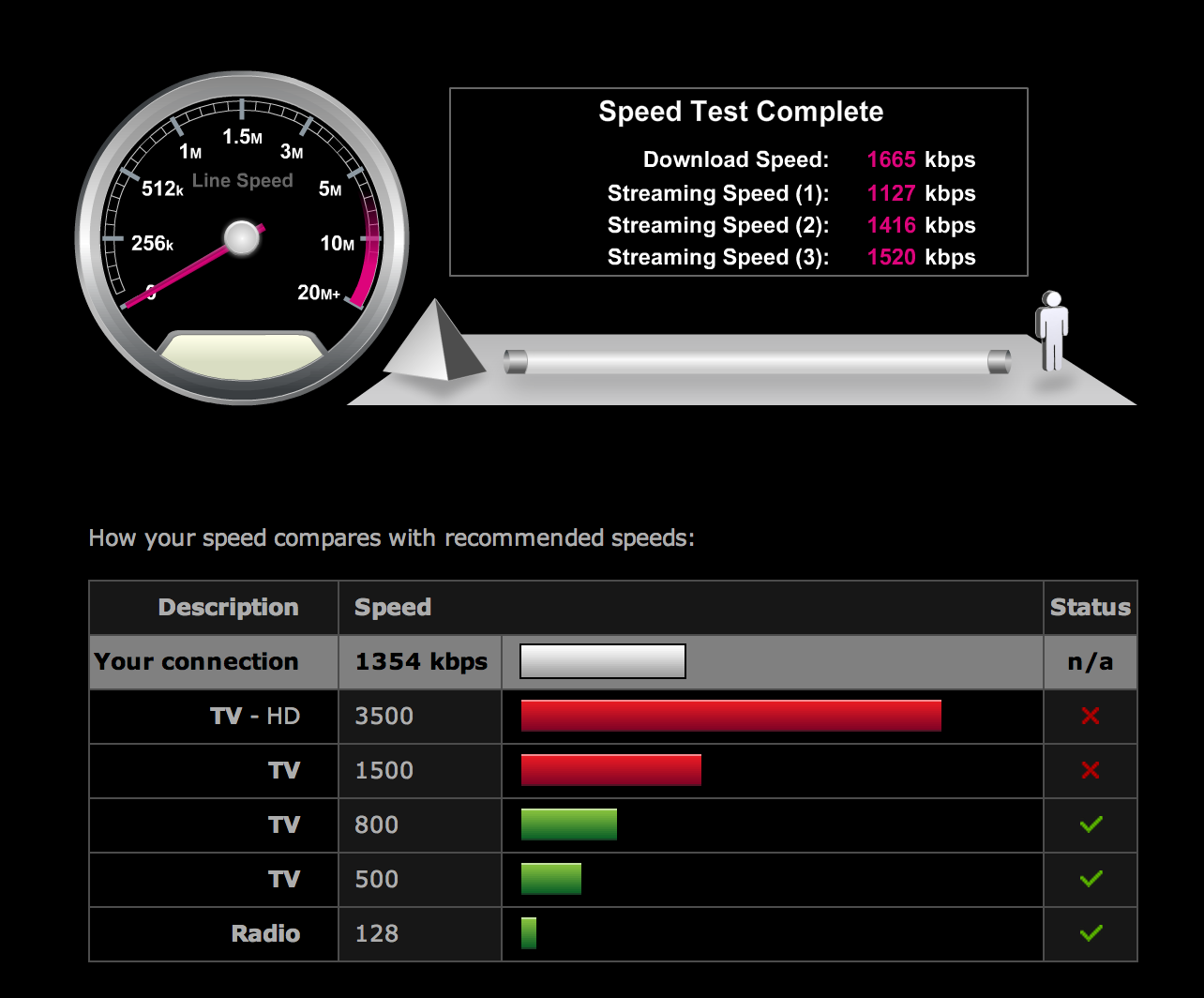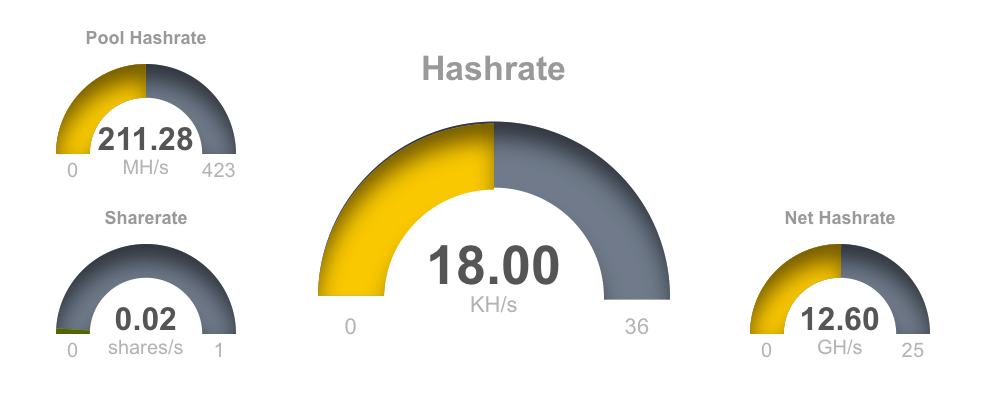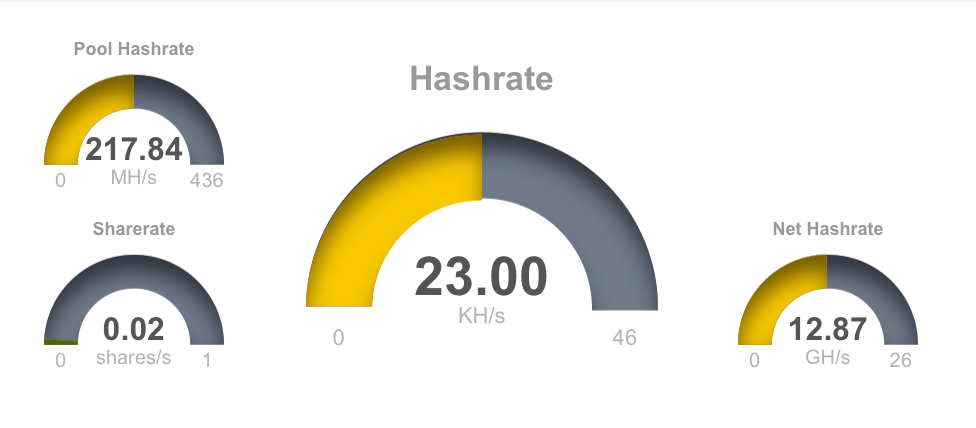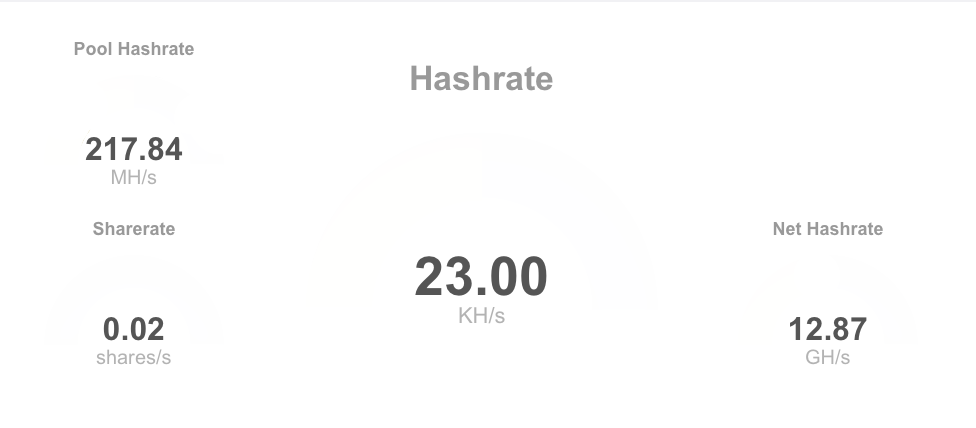A Confusing Signifier Corrected: Nutrition Information
The nutrition information given on this packet of delicious Baklawa is a confusing and badly designed signifier. Take the example of someone with Type 1 Diabetes who needs to carb count their meals. They have to look on the back of the box
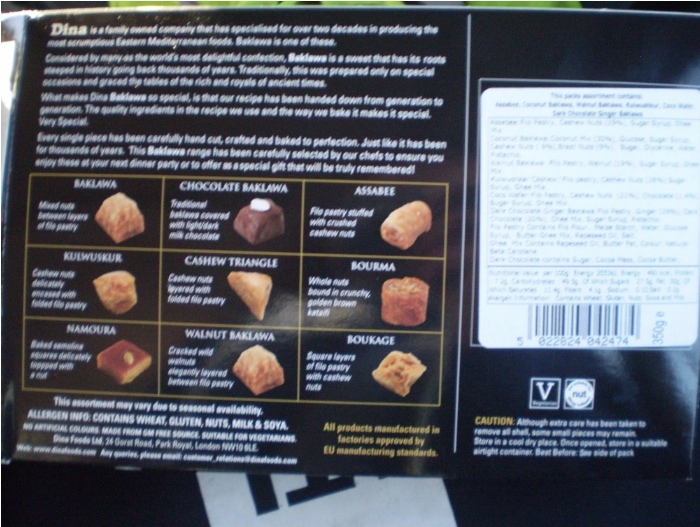
and peer at a badly printed label with hideous typography and punctuation
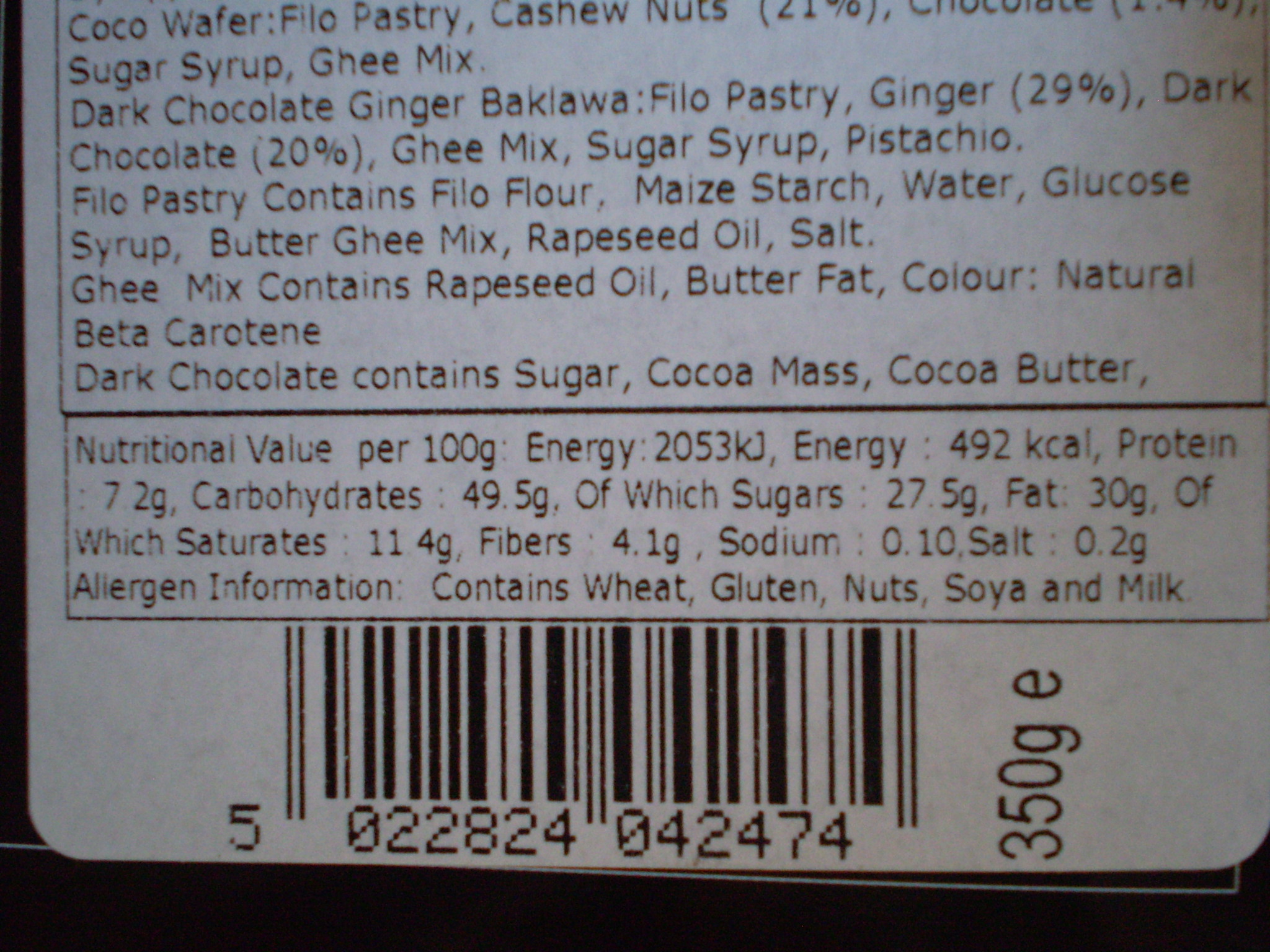
only to be rewarded with a value of 49.5g per 100g of serving. Turning the box sideways informs us that there’s approximately 350g total.
Despite the obvious difficulty of accessing the information (especially, say, in low light at a family dinner), there’s a more subtle problem here — that whilst the quantities given are perfectly valid and probably over-precise, the frames of reference and comparison (“per 100g out of a 350g packet”‚ don’t match up in any way to the eater’s mental model of the packet, which looks something like this:
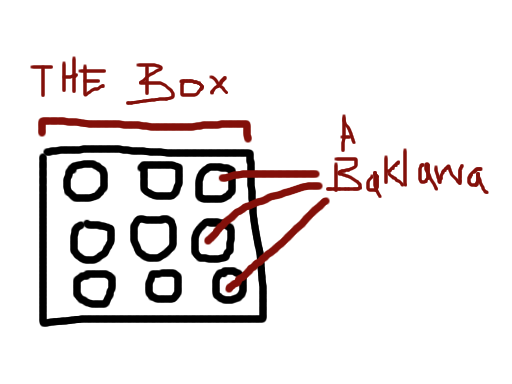
In practice, no-one eats an entire box of Baklawa, so the only unit which is meaningful to the eater is the per-Baklawa carbohydrate count, which could be expressed clearly and concisely on the packet
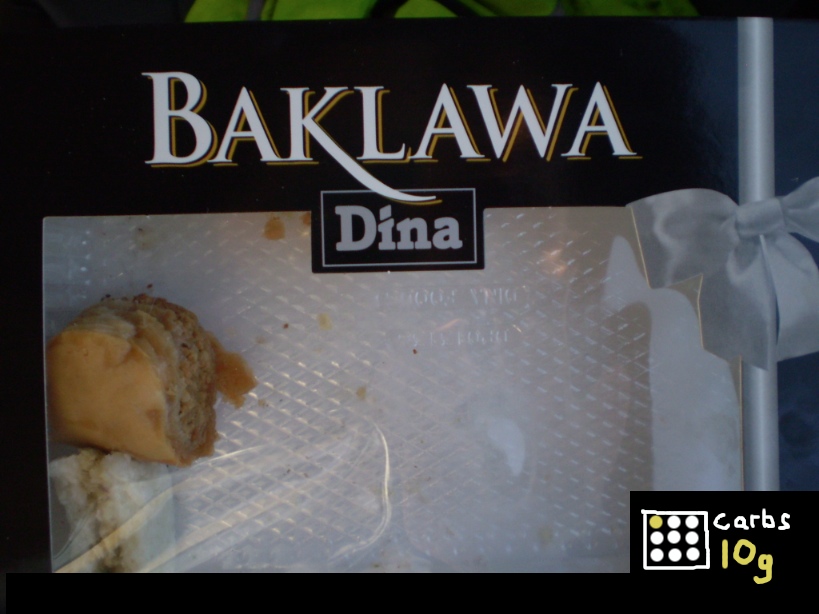
This could be placed on the front or the back, that’s not important — what is important is making it robustly readable in varied conditions, and matching the user’s cognitive model to minimise effort spent decoding the information.
Because people with diabetes shouldn’t have to do maths as a punishment for enjoying Baklawa.
#design #nutrition #diabetes #udacity #design101
